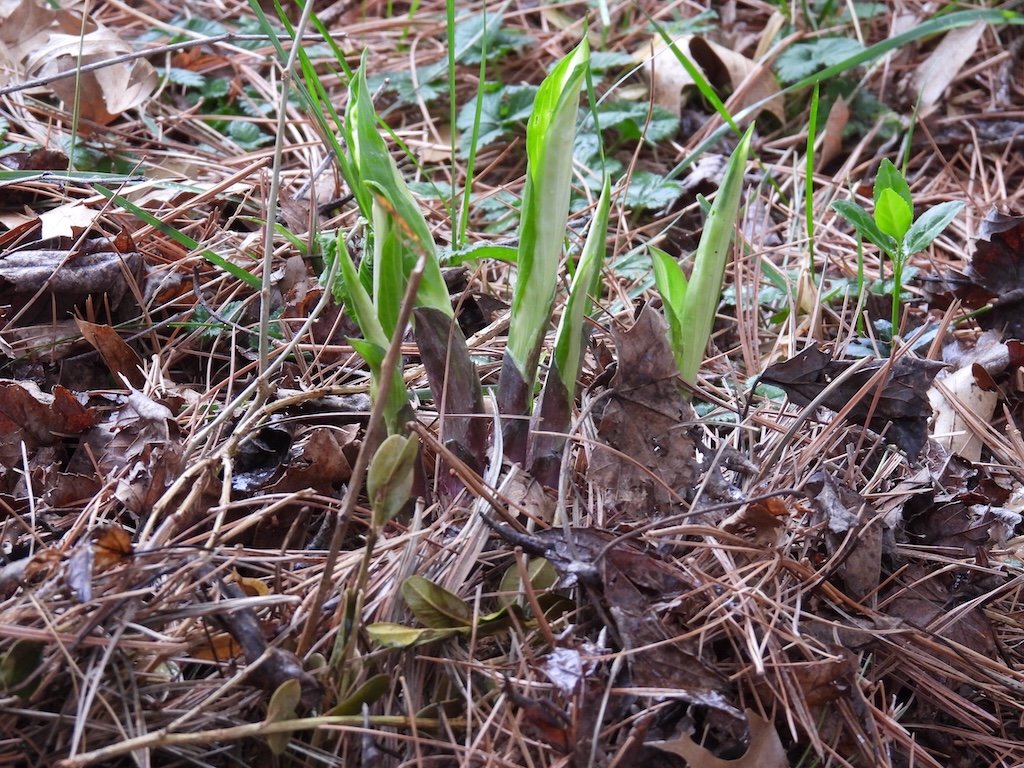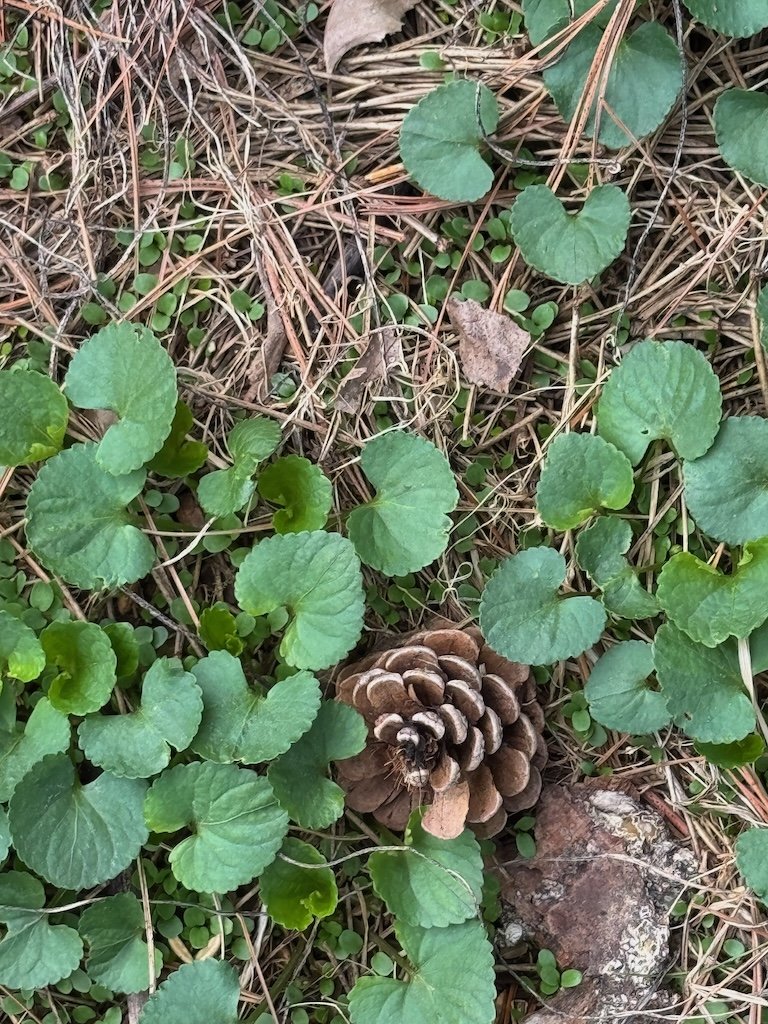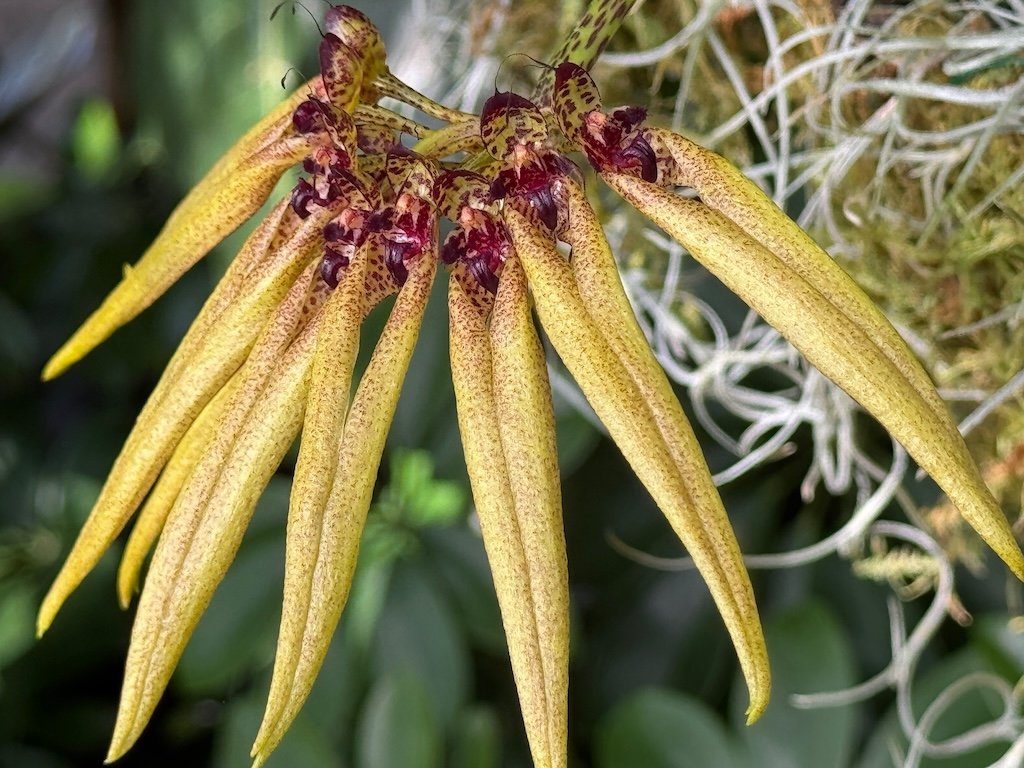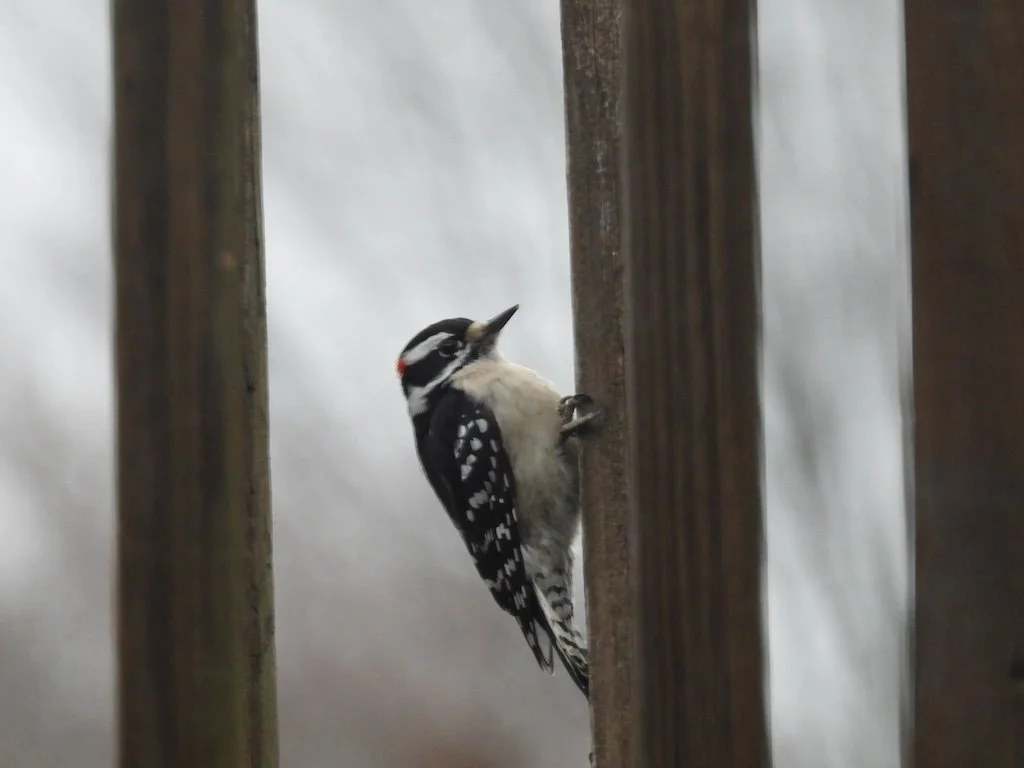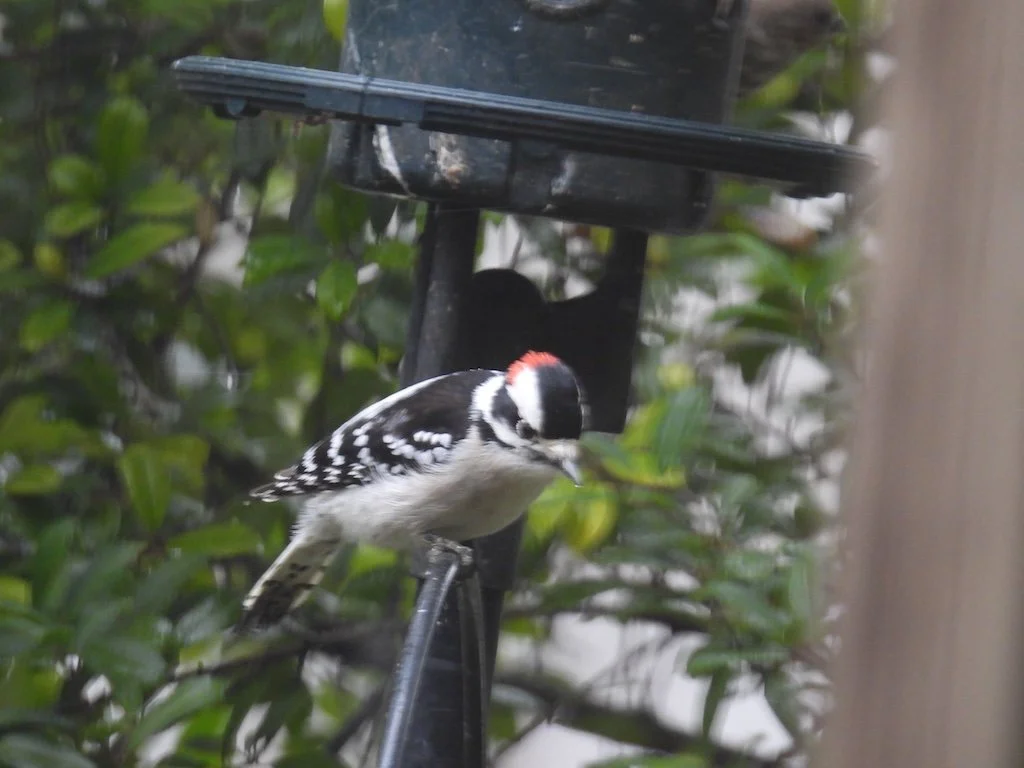Reduction of my ‘Lawn’
/I have done an initial mowing of my front yard but am waiting to mow my fenced back yard until we have a week of low temperatures above 50 degrees…so that all the butterflies and moths overwintering in the leaves (that I left on the yard) can emerge. Some of the back yard won’t ever be mowed again. There are some areas that were grassy a few years ago that are now overgrown with plants spilling over from the flowerbeds…mostly violets. The east side yard that is grass and will be mowed is 4-6 feet narrower than when we moved to the house!
In addition, an area between our Eastern White Pine and the patio beds with holly trees has been covered with pine needles to deter the scraggly grass (heavy shade) and there is a robust clump of lambs ear (bird planted) and a few violets there. I am dividing hostas that have grown too dense in the flower beds and transplanting them into the area….and will place more stepping stones between the patio and the grassy area to avoid stepping on tender plants.
One area of the side yard that I am not mowing as frequently contains 2 clumps of lambs ear that established itself last summer and seems to be returning; I mill mow around the clumbs; I hope they grow together and create one bigger clump. It’s a slopped area; I am glad to have something besides grass growing there!
In the sunnier part of the yard, there is another stand of lambs ear that is spilling out of the flower bed and into the grass next to the Fragrant Sumac. I need to clear out the part that bloomed and then died last fall to make it easier for the young plants to reclaim the whole area of the parent. I hope the sumac will eventually spill out into the grass as well. I am not mowing near where the plants are growing into the grass…trying to encourage their growth.
The violets and fragrant sumac are native. The lambs ear is not but seems to be a good filler plant until I can get more natives growing to fill the beds and start growing into the yard. The violets on the east side of the house took over almost on their own since the habitat there is good for them. An American spikenard and spicebush will grow above them this summer!










